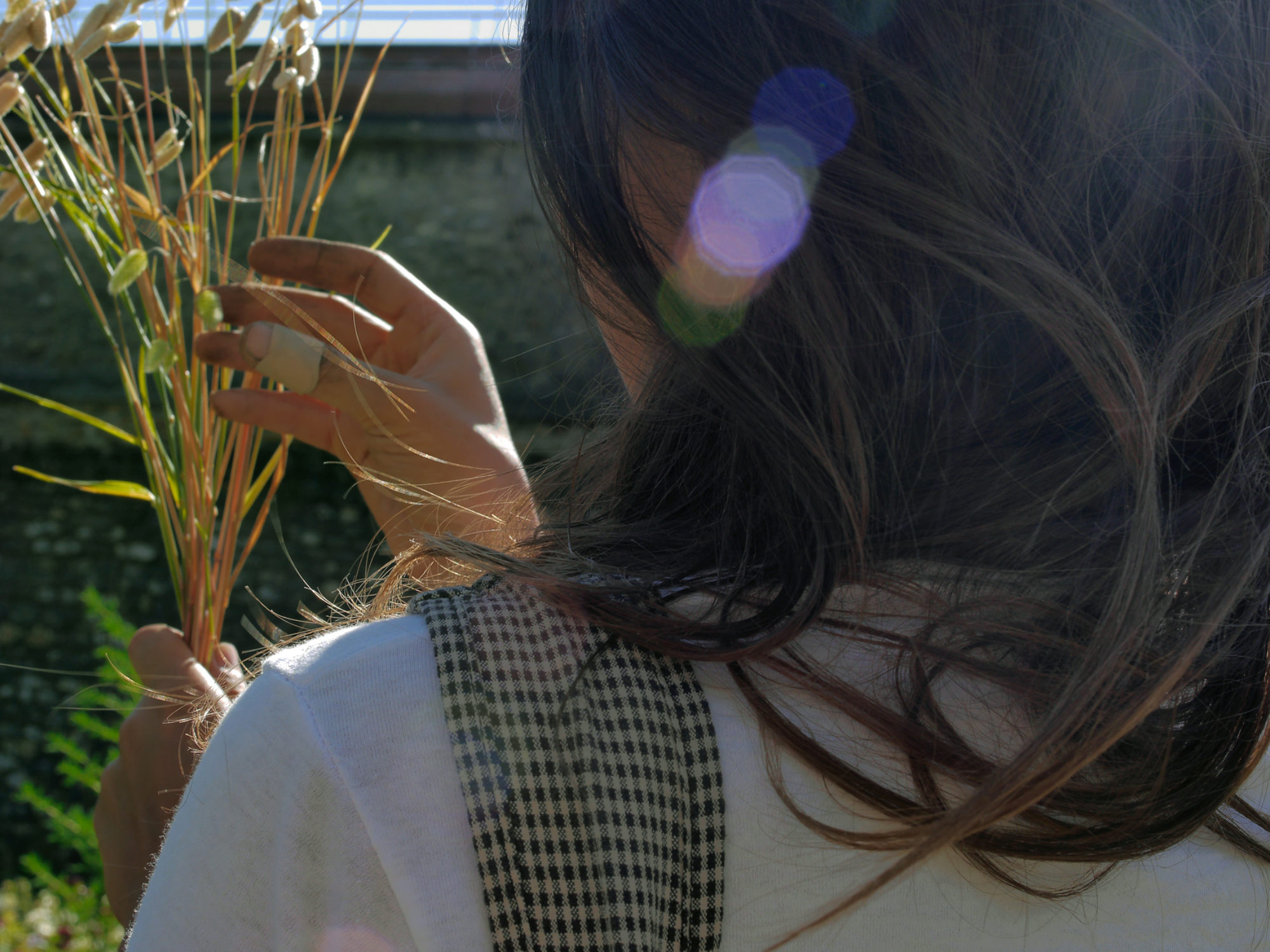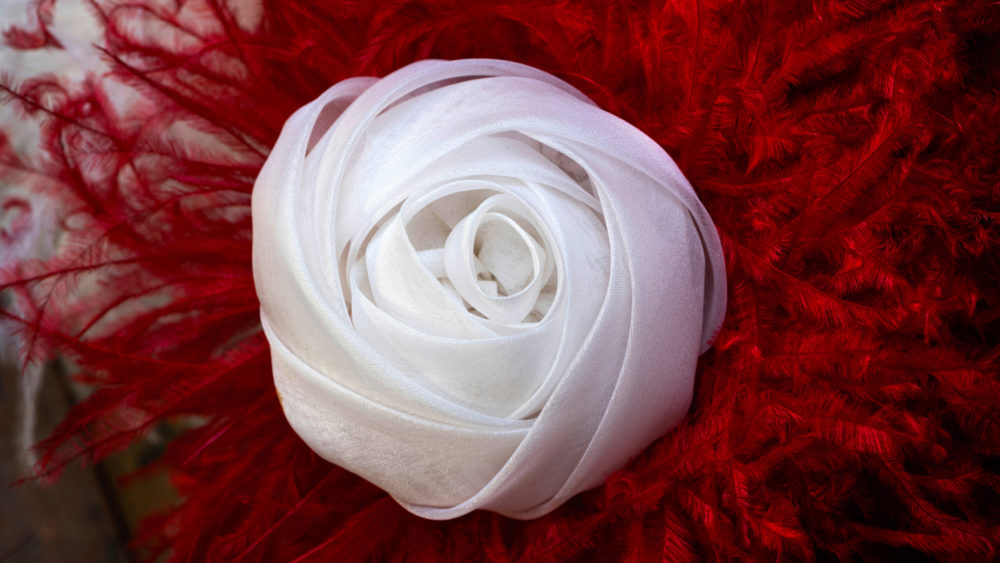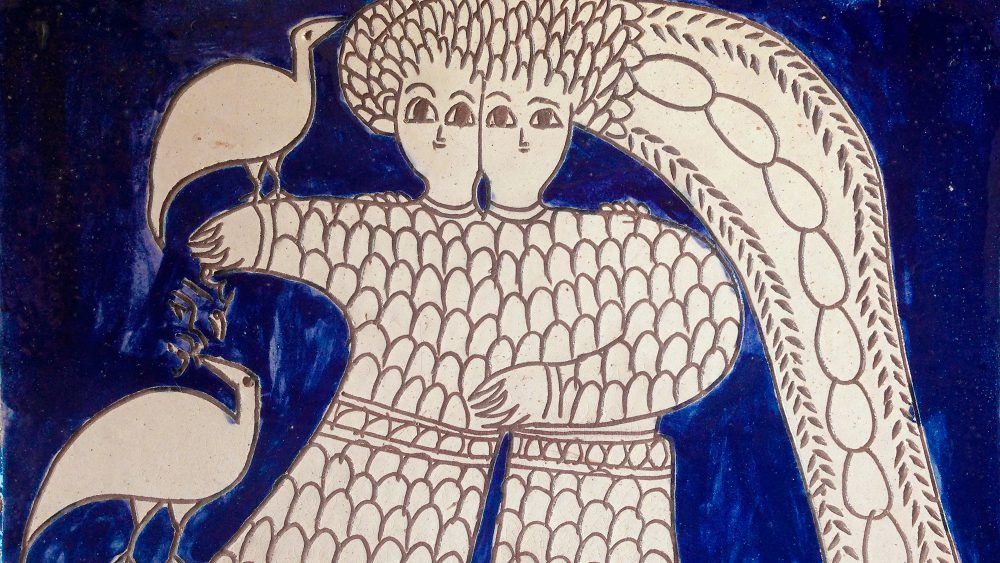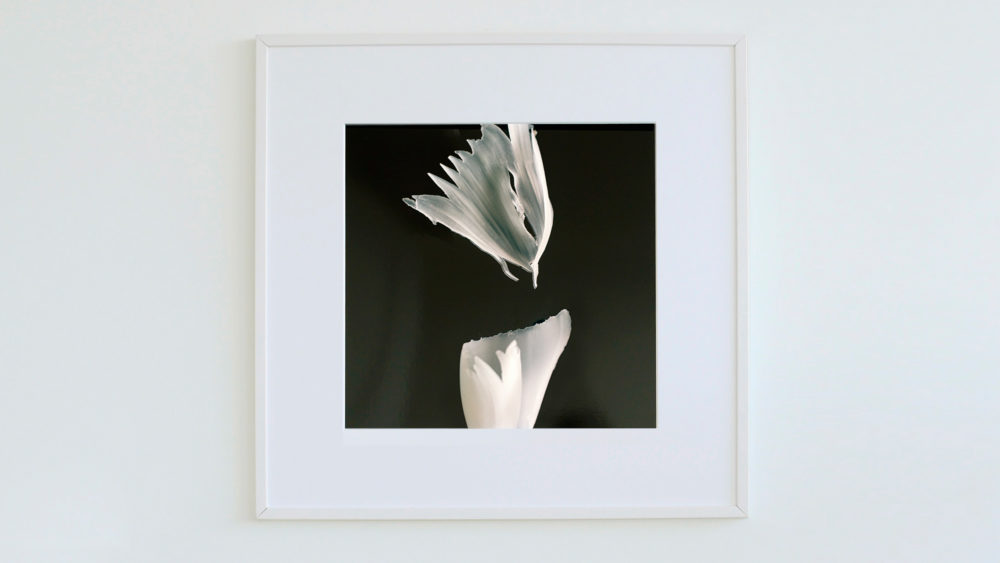In consideration of the recent Amazon fires,
we decided to publish this story earlier than planned. It is a timely piece that urges us to assume the consequences of “production” on nature. Further, the impact of Anthropocene is now here and more palpable than ever. In light of this reality, as much as “handmades” and “slow goods” are undoubtedly more promising alternatives to mass production, the story’s subject and a certain life decision she made prompts an important question:
can we go one step further to create and produce things that will fade on their own and leave no trace?
– Moowon Magazine
What does “slow flowers” really mean?
I prefer the French expression, fleurs lentes, because “slow” in that sense actually means slow in terms of process of cultivation. It considers the natural timeline of flowers’ cycles and the time needed to take care of them. It is more accurate to the actual science for cultivating flowers, rather than an affectation or a reference to lifestyle philosophies that trend today, such as slow food, slow life, etc. On the average, I work nine months with a plant from seed to bloom just to have a flower that will last four days, or a week or two at most.
Slow flowers (in fleurs lentes sense) are grounded in the science of cultivation rather than lifestyle. Can you expand further on its philosophy and context?
It is a worldwide movement that originated in the US and UK to revive local flower growing. Originally, the northern countries that utilized flowers were the countries that produced flowers.
Since the 1990s, the production moved from the north to the south. And, about 85-90% of flowers we find at florists come from equatorial or near-the-equator countries with sun all year round and weather best suited for flowers, such as Ethiopia, Kenya, Ecuador, Israel, China and India. The Paris region, for example, used to historically be a center of flower production. There’s a figure indicating that by 2015, 50% of flower farms registered in 2005 had closed due to overseas competition. It’s very difficult to compete with Dutch prices and globalized prices, and it is work that needs skilled labor which is expensive in Europe.
Part of what I am trying to do is to draw attention to the floral industry, because many people do not recognize that it is an industry.
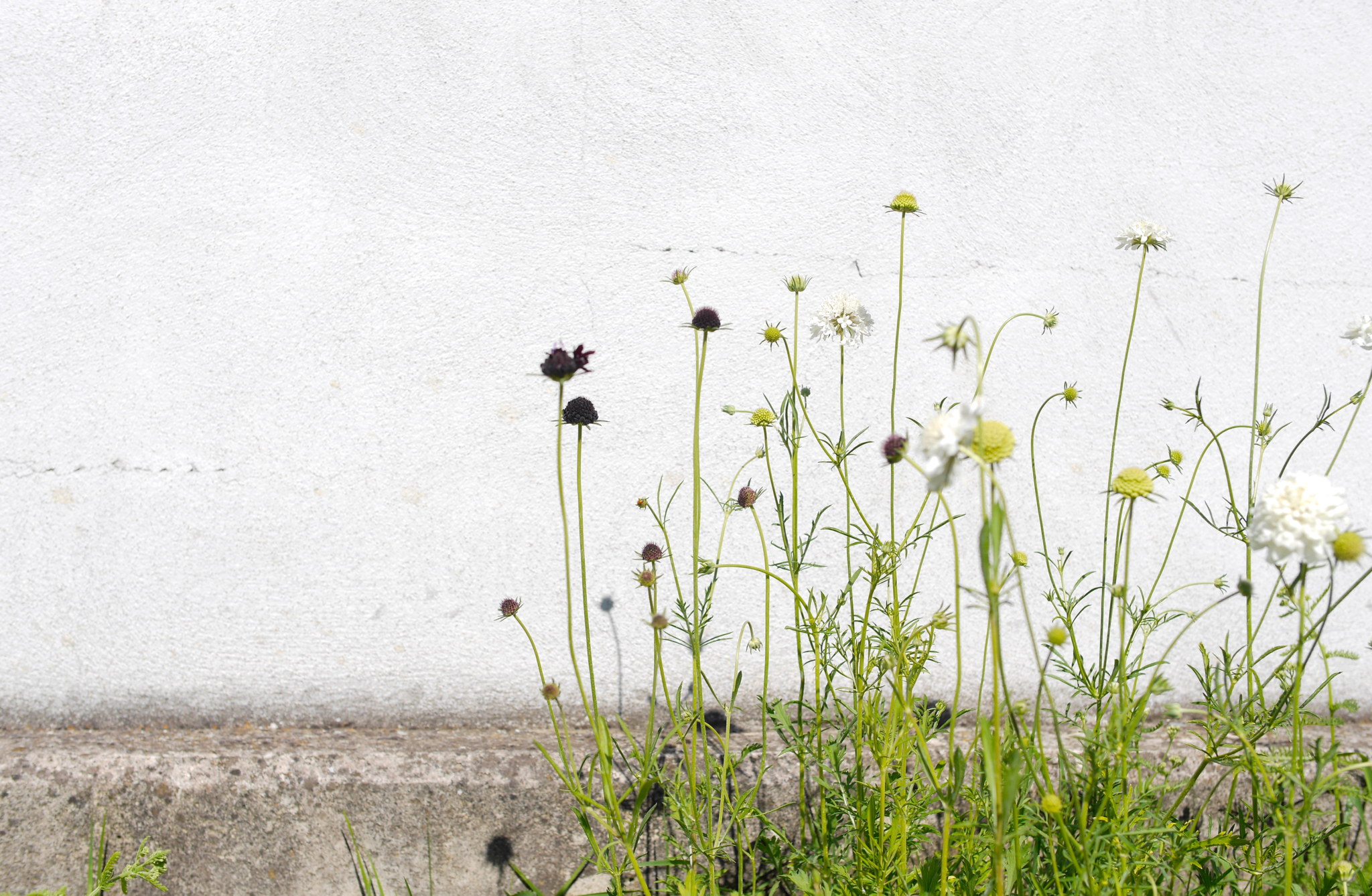
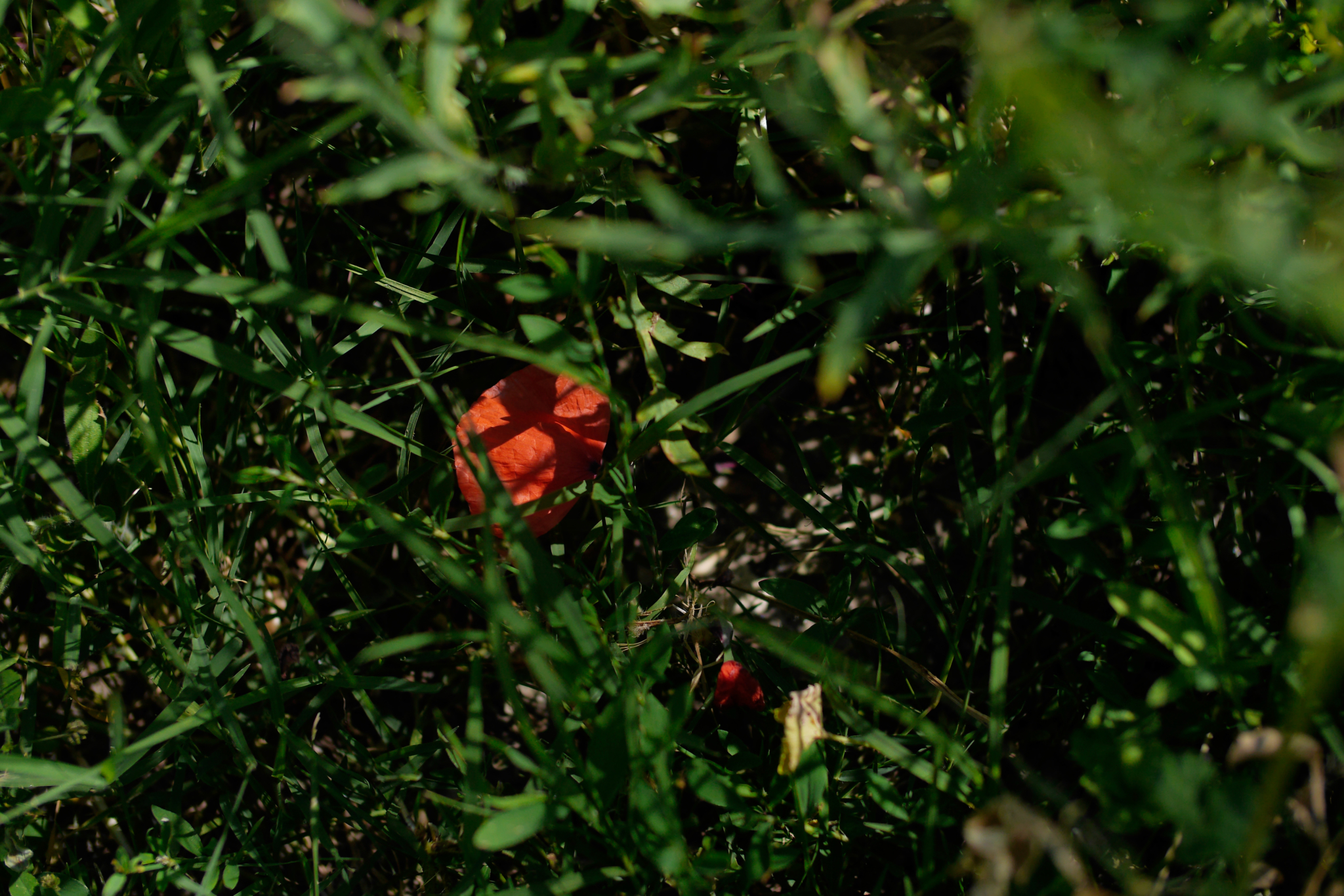
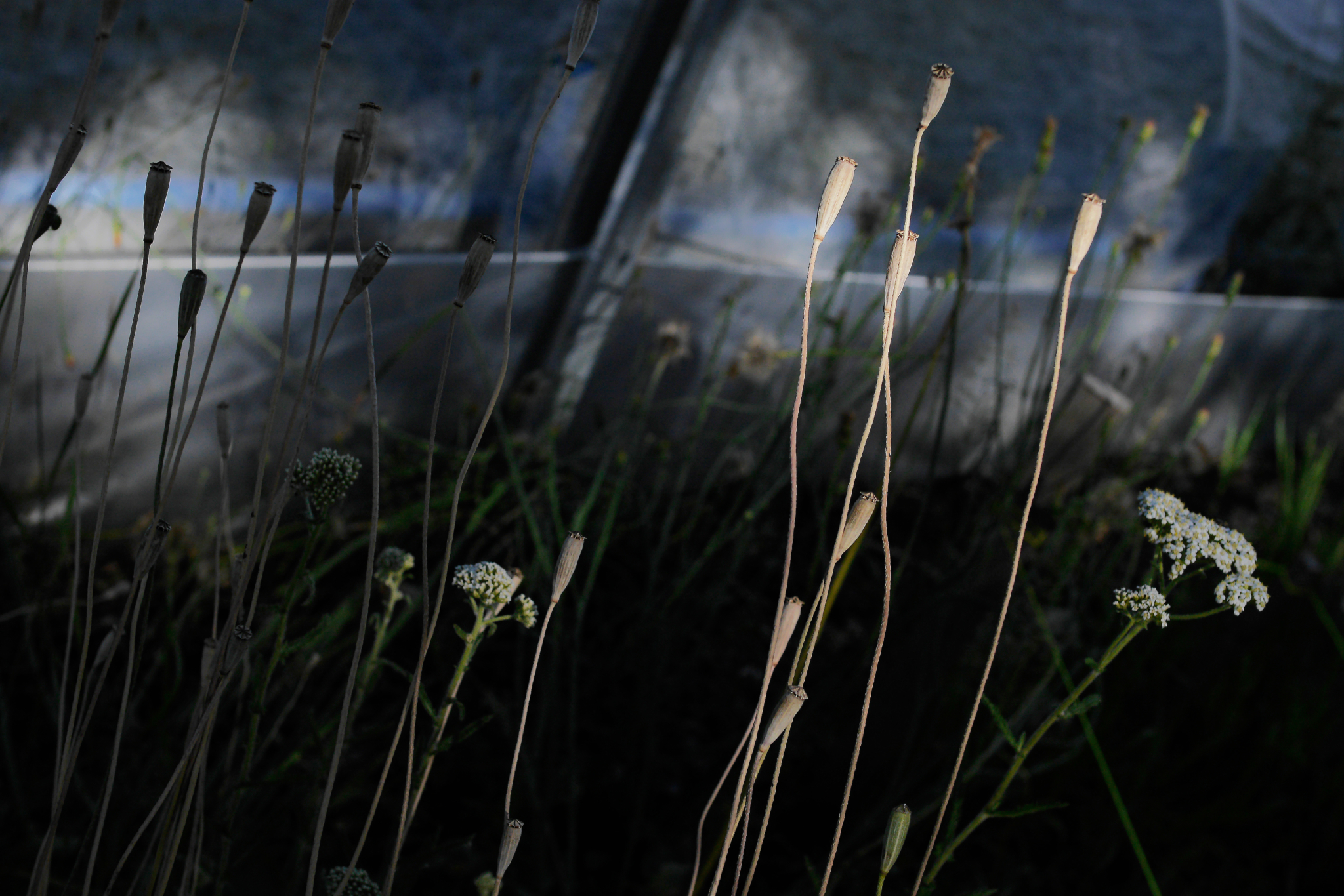
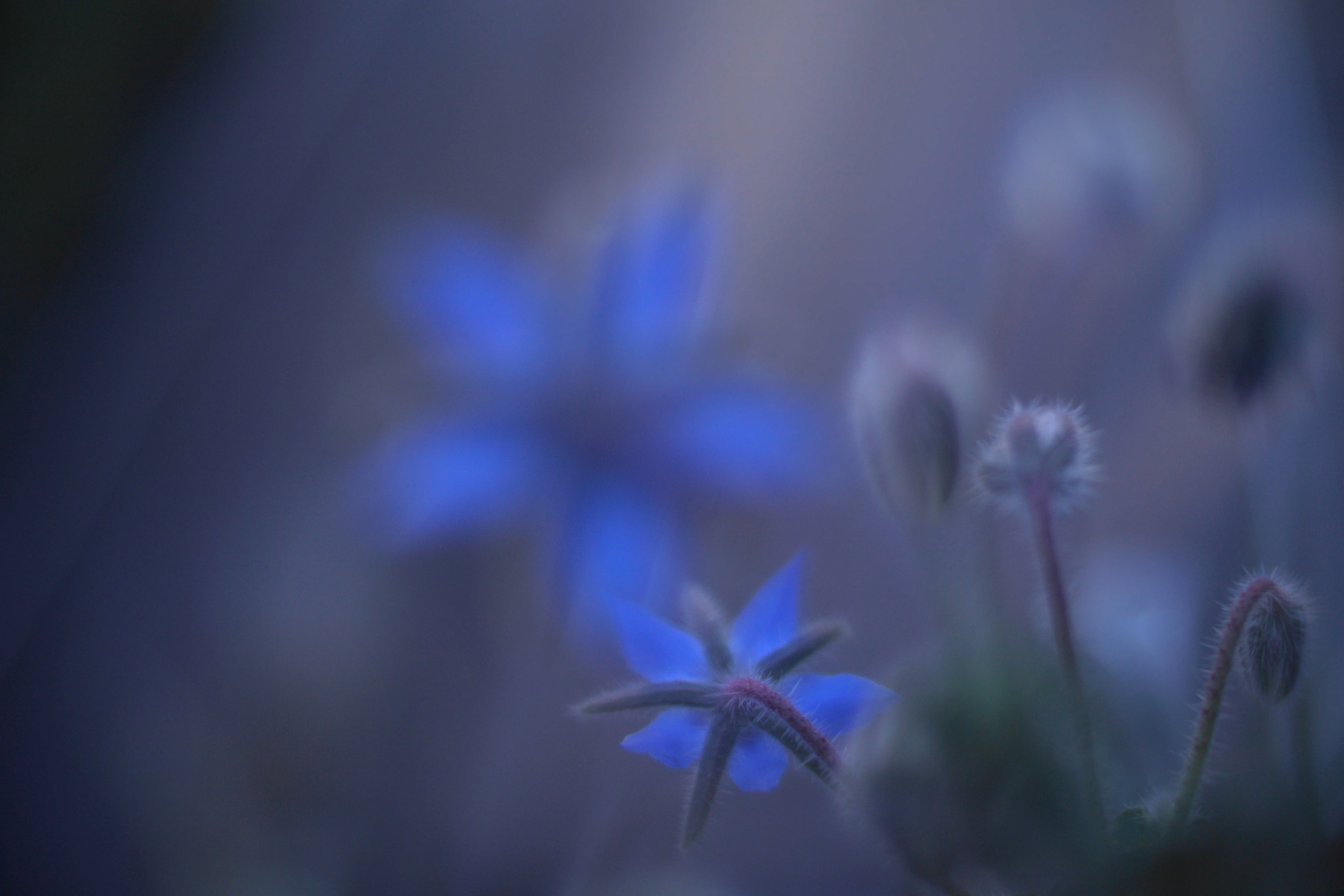
of
Flower Cultivation
How does our erroneous understanding of seasonality and the politics of flower cultivation impact the bigger picture?
The tradition of gifting roses for St. Valentine’s Day is actually a misguided ritual from an ecology perspective because the roses are actually transported from Kenya, for example. Roses do not grow locally in countries north of the equator during February. Because flowers are not food, we tend to overlook the fact that they are also seasonal products, and we just cannot have it all the time unless we buy it from abroad. Of course, that has obvious environmental costs because they either have to be transported by planes or refrigerated trucks, leaving a heavy carbon footprint.
It is also about how production impacts natural resources. Flowers are heavy drinkers of fresh water. Consequently, this adds enormous pressure on African countries where water is scarce, for example.
Aside from transportation and production technique, seasonality is also a big point. If you heat a greenhouse to grow roses all year round in Holland, the carbon footprint from heating would be greater than roses that were transported from Kenya (including transportation).
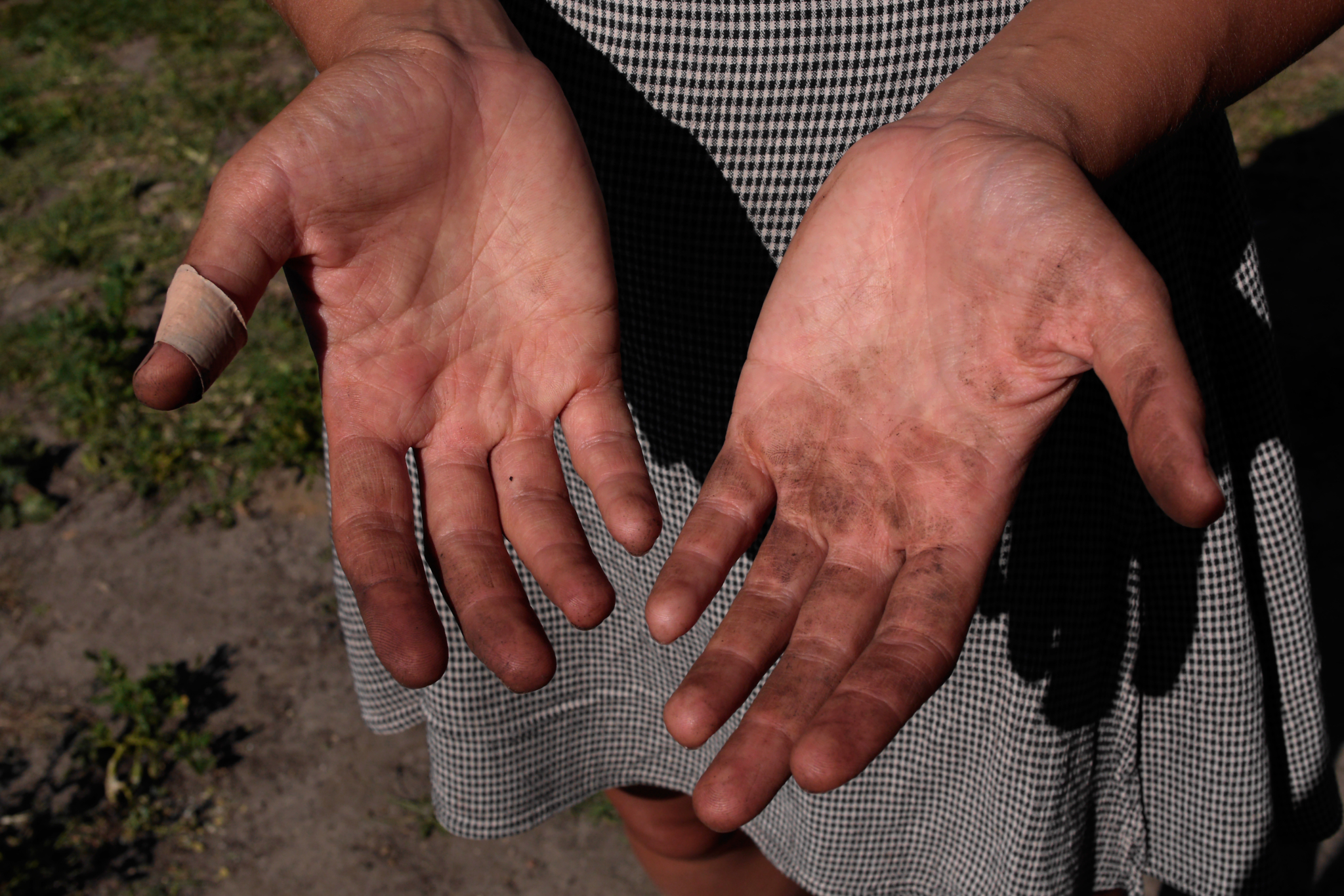
You mentioned that traces of toxins were found in florists’ urine. What are the human costs of floral production?
As flowers are not categorized as food, there is absolutely no regulation on the amount, quantity and nature of chemicals that are being used for fertilization and pest control. People who are working with these chemicals are not protected, because the countries where the flowers are mass-produced are developing countries where worker safety and protection is not a priority.
This has also to do with the globalized industry of flowers. Since flowers are heavy drinkers and feeders, they are being fed with a lot of chemicals and all these chemicals end up in florists’ urines. Hence, imagine what happens to those who work at the beginning of the production chain.
In addition, if you are paying very little for flowers, someone else is paying for you with his or her health. It might be the grower, someone else in the production chain or even the soil.
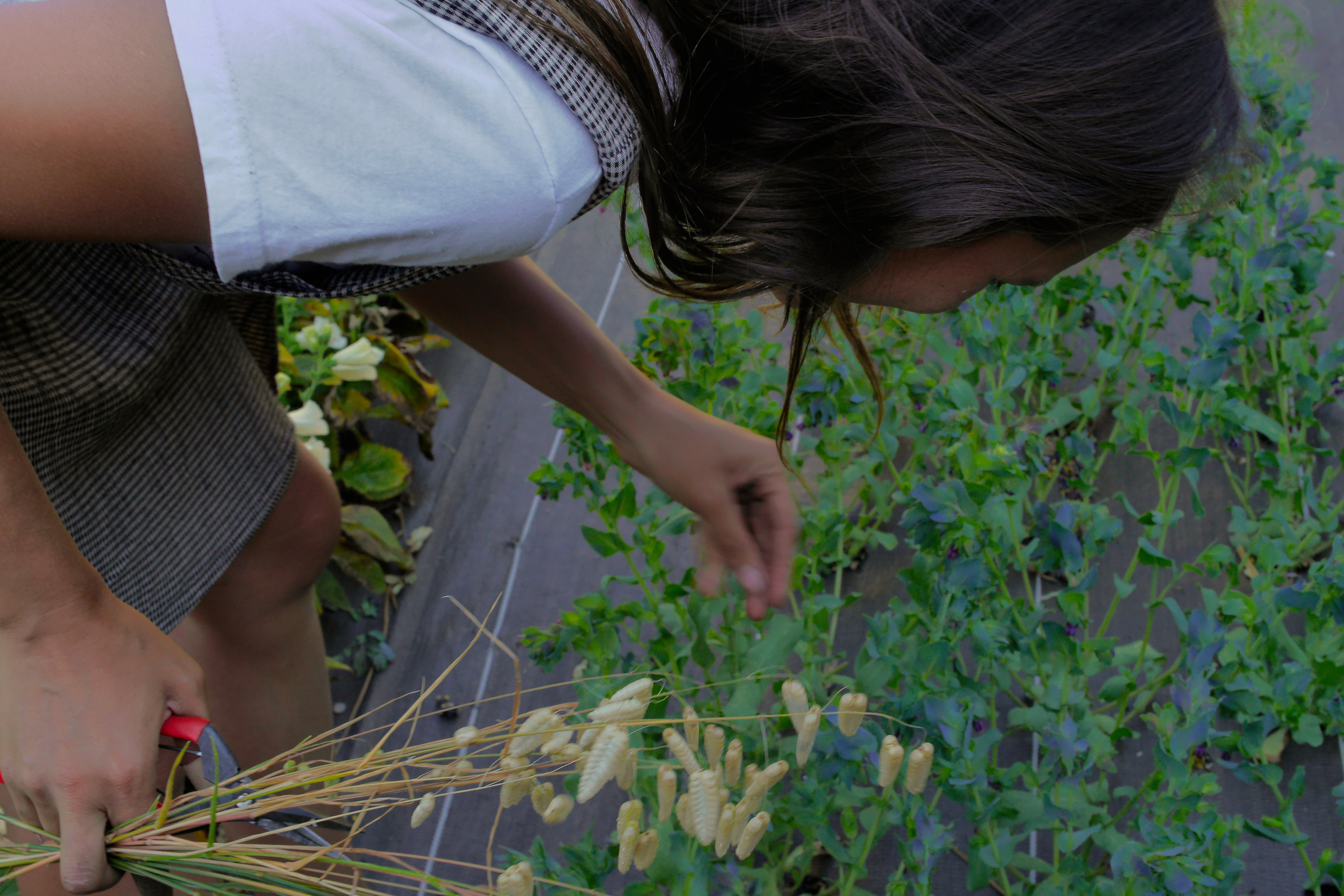
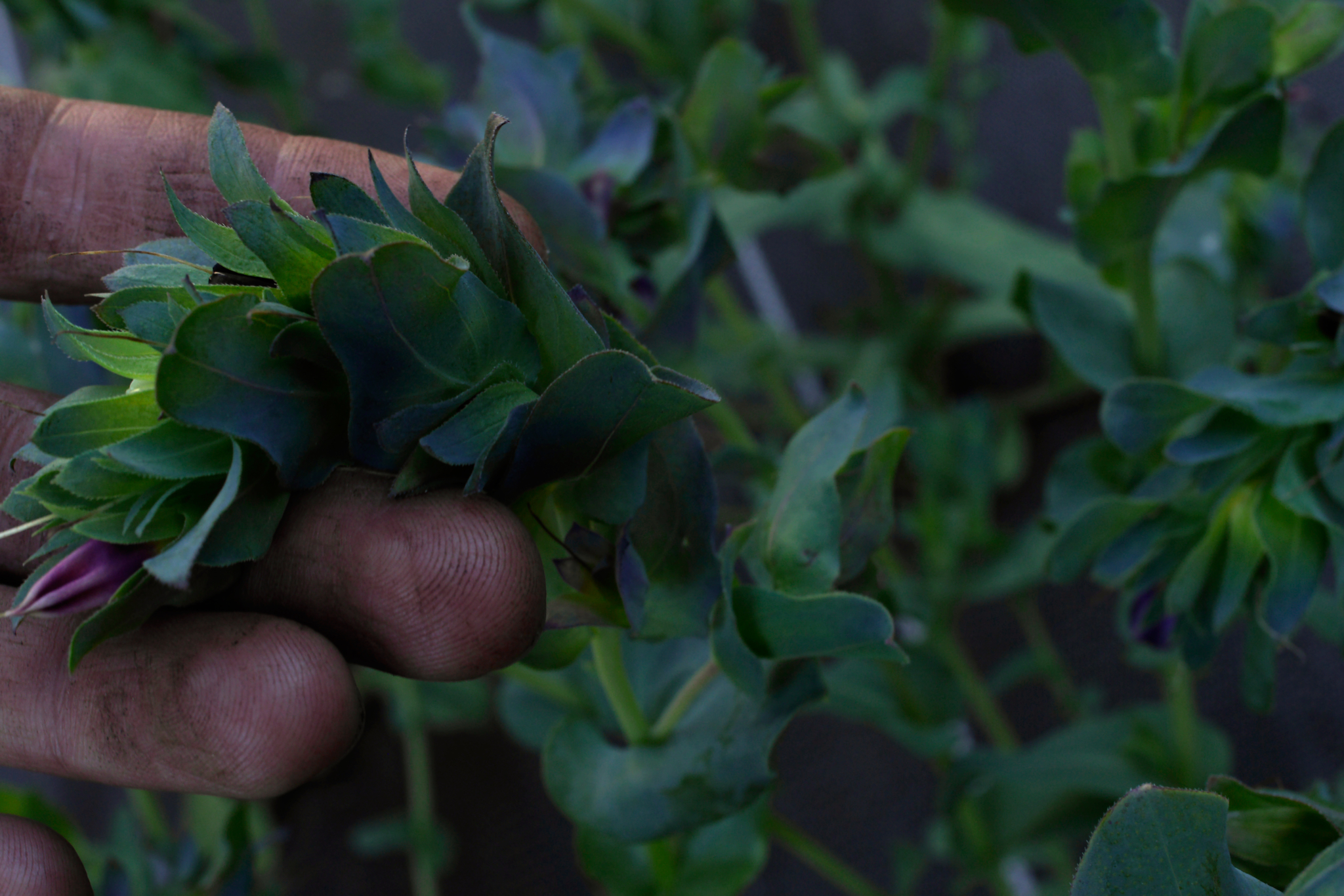
In today’s floral industry, where do humans fit in the process?
In this globalized system, you’ll have a peonies producer in the south of France, for example, who will mass produce those flowers. Given that peonies bloom all at once, they harvest them when the flowers are just buds, then send them to Dutch wholesalers who then sell them at flower auctions. Sometimes flowers are sent as far as New York and may even be sent back to France. So, the computerized system manages such logistics to help facilitate this accelerated process. As convenient as that is, it replaces human interaction, and you don’t see people growing, harvesting or selling flowers.
It is so ironic that flowers, the ultimate symbol of nature, are basically received through a conveyor belt. How are slow flowers an alternative approach to this scenario?
The central tenet of the slow flower movement and methods is about producing and consuming flowers locally. For me, it is both a futuristic and ancient approach that relies on local and direct transactions between real people and much less about transactions via computers. And, it challenges the quantity and the status quo of the way we grow things.
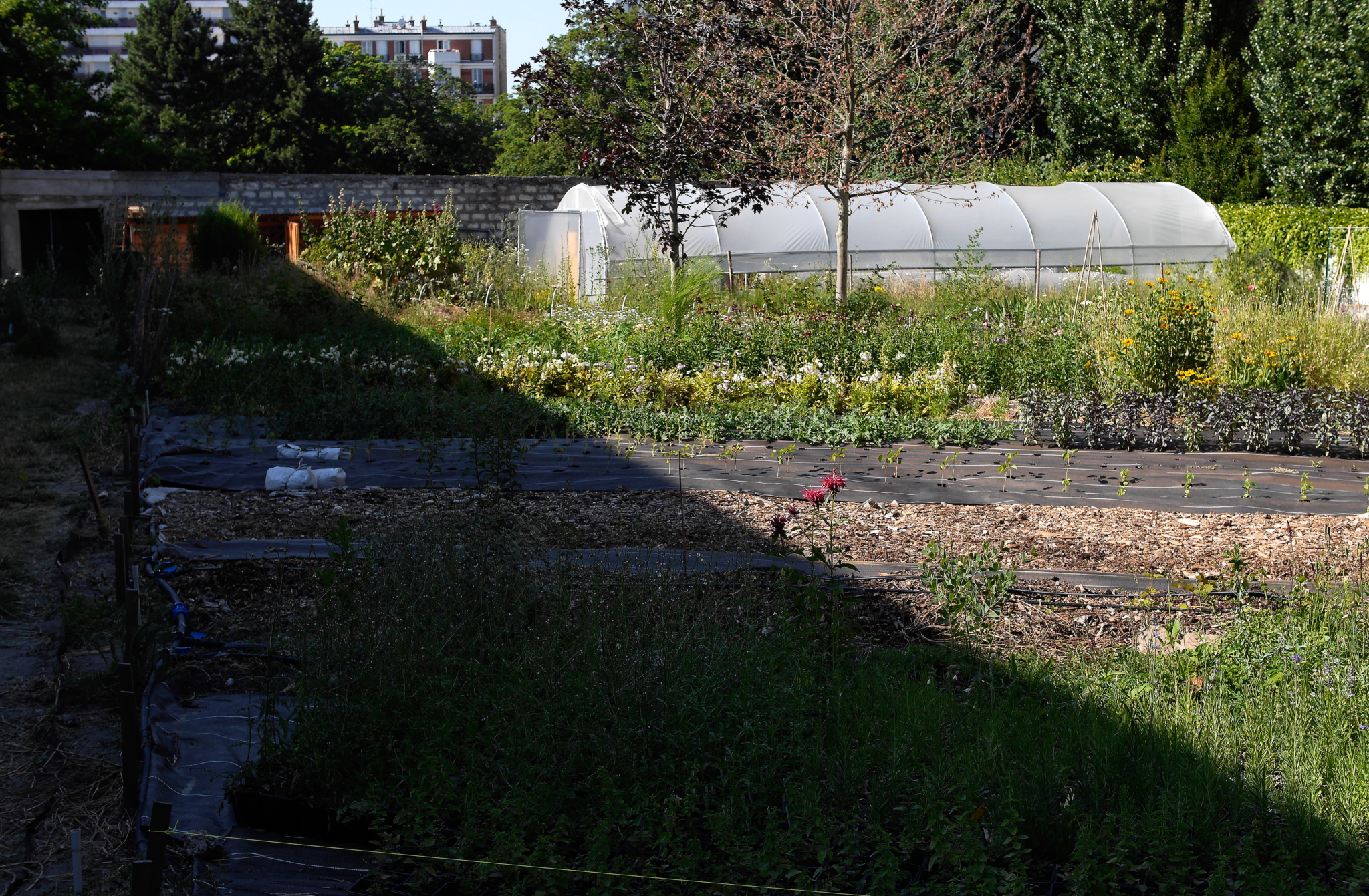
How does Rudolph Steiner’s approach relate to, or has influenced your perspective?
I follow the biodynamics and agricultural methods that had been conceived by Steiner as part of his holistic approach. In 1924, at the onset of German society’s preoccupation with the use of chemicals in cultivations, and spurred by growers’ interest in finding alternatives, he hosted talks for growers in Switzerland. He gave hints, tips and methods of growing under the framework that a farm is a living organism that contains myriads of elements such as human, plant, animal, soil, mineral and even the celestial.
All these elements have to be in balance altogether, and that creates the living organism of the biodynamic farm. Such farms are supposed to be poly-cultural farming systems (a little bit of everything). The main focus is to heal the soil.
Although this principle is regaining traction amongst growers today, for about 50 years it had been practically dormant. As you can imagine, it is as if all our soils underwent an “antibiotics treatment” during all those years. In this sense, there’s an important imbalance in the organisms of the soil.
The beauty of biodynamics is to rebuild the balance in the soil, which then creates balance in the farm, the world, etc.
Tell us about your perspective that “Nature is culture.”
People often speak of expanding gardens in the cities and developing biodiversity through those spaces. Yes, we are increasing the number of species that are present in specific spaces. But, we are also destroying existent ecosystems because even if it is a vacant lot, there are spontaneous indigenous plants that are growing there. When you come and start planting roses, lavender and other beautiful flowers, and as wild as they may look, they are “cultural” because they are planted by humans; they are not spontaneous nor indigenous. In a sense, tension is created between plants that you foster, and plants that you’re destroying.
On the other hand, as much as I try to avoid hybrid seeds (genetically manipulated seeds), they are ubiquitous in the cut flower industry. This makes ethical seed sourcing very complex, but so exciting as well. Officially, the EU allows certain seeds and prohibits others. Incidentally, the ones that are allowed are patented and they are not necessarily expensive on the short term, but expensive on the long term because they are no longer fertile after one season. The majority of the wild ones, or the original version of seeds, are now forbidden and also difficult to find. However, I use a lot of them even though it’s considered “illegal” in the eyes of the EU.
In floriculture, many species are modified organisms because humans want long stems, big heads and a long vase life. For many years, scientists have been manipulating and cross-pollinating flowers to meet these desires. Many species hardly resemble their original botanical forms anymore.
The big question for me is, why aren’t we satisfied with the wild forms of plants and recognize their beauty? A wild plant in its original form, might have a smaller head or a shorter stem, but also be very resistant to heat or demand very little water.
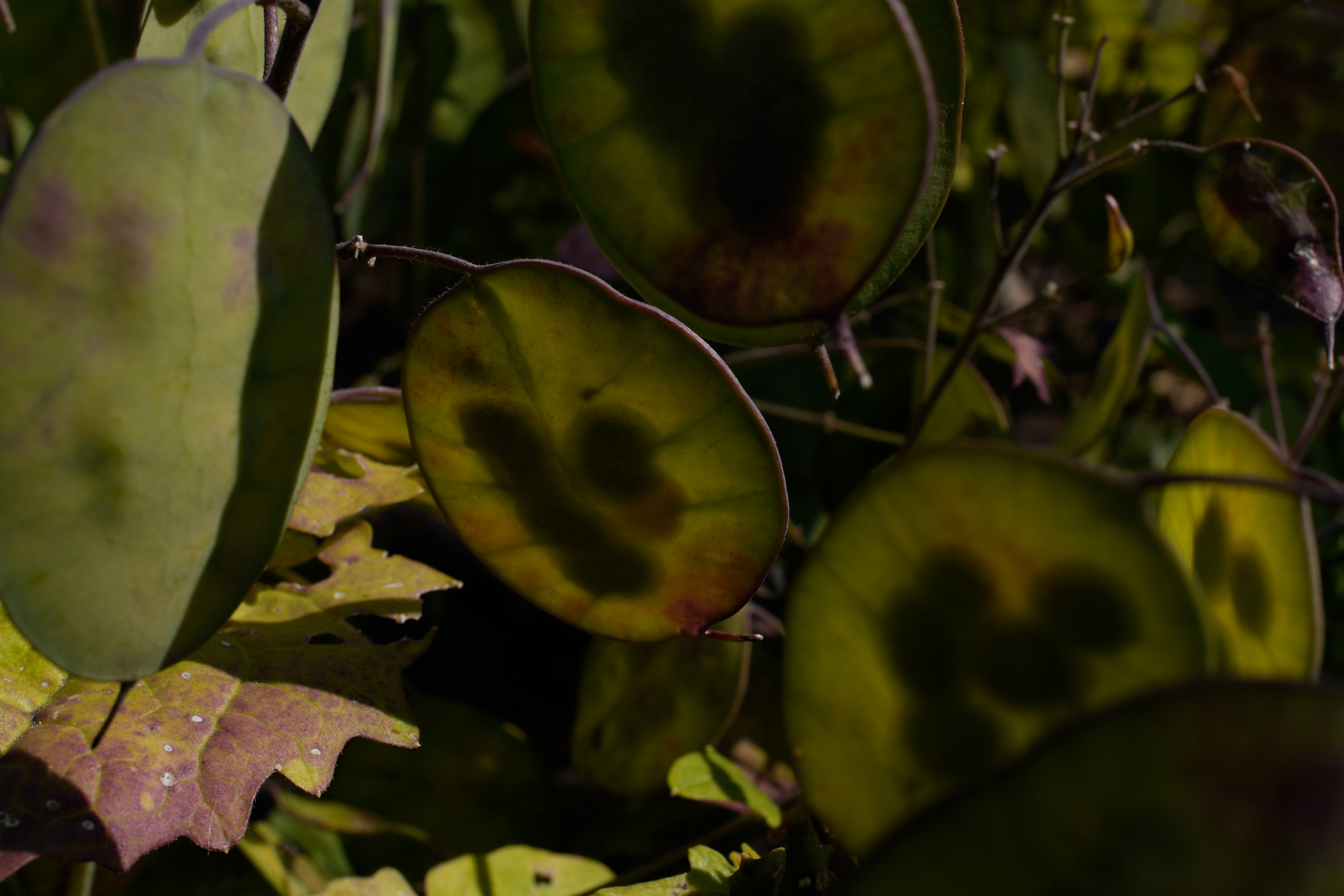
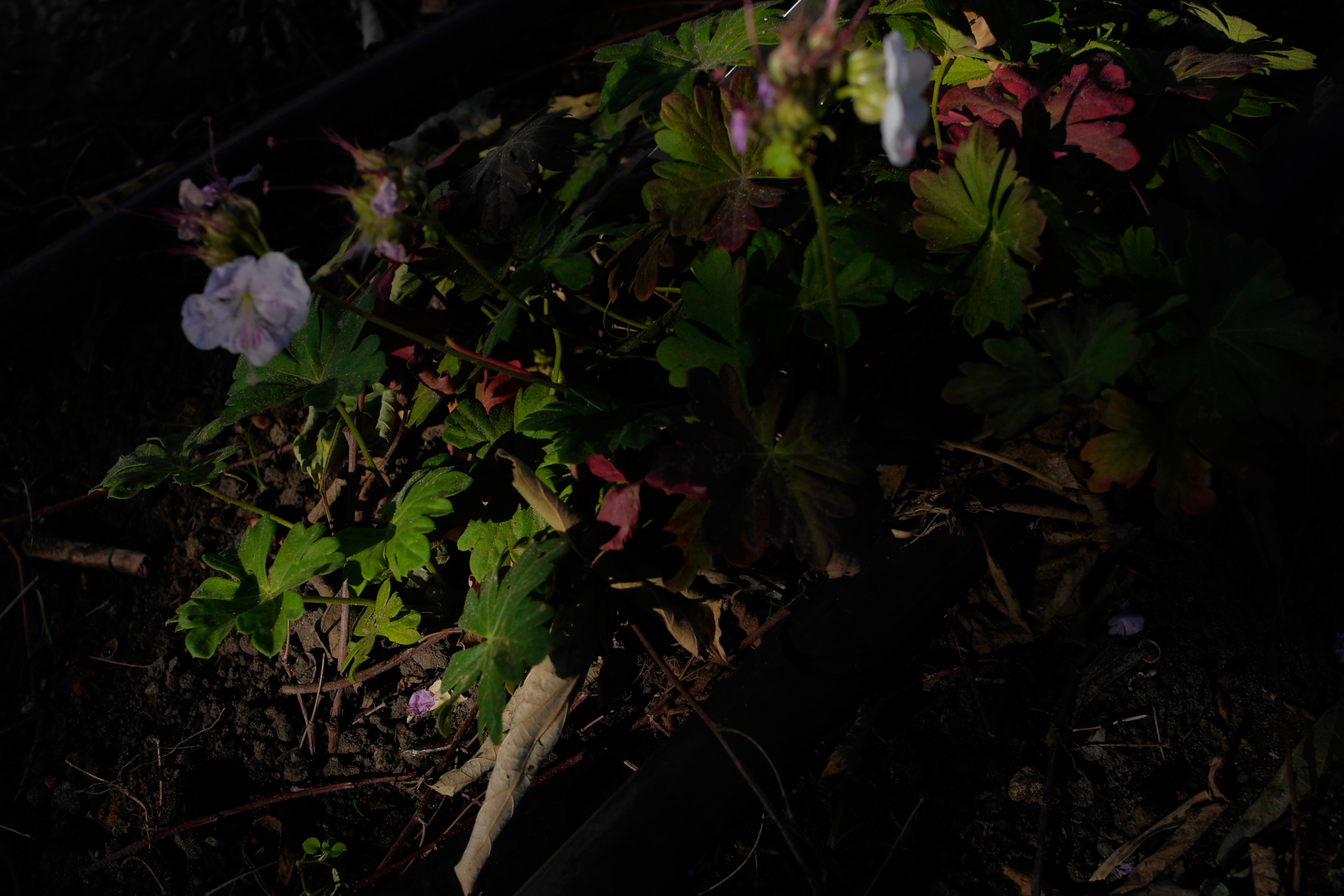
Consequently, is it evolution through generations of cultivating and cross-pollinating?
Yes. Sometimes it’s a very slow and nice artisanal process. But in most cases, the process is happening in labs as a genetic manipulation. It’s very questionable, because those who manipulate also need to be paid for their long, arduous and expensive work. So, they patent their version of a plant (a phenotype). They receive royalties from each seedling plug, potted plant or seed packet sold. It’s a commodification of the living, so in this sense, the politics of all this is questionable.
Is it the alteration of the living that is the moral dilemma? Or, are there other implications from genetic modifications that we should consider?
The commodification of the living is a very deep ethical question from a plant perspective, as much as from a human perspective. By the way, 10 years ago, Switzerland adopted a law that recognizes plant rights, and the underlying suffering or loss of dignity of plants.
Beyond flowers, and from farming in general, what's at stake is the withdrawal of food sovereignty and the systematic, if not criminal, jeopardizing of food resilience. However, there is also an enormous biological hazard linked to this extreme reduction of seed availability. If there's less and less diversity in seeds, gene pools shrink rapidly, and what we are left with is an extremely impoverished genetical landscape and a collapse of the living as we know it.
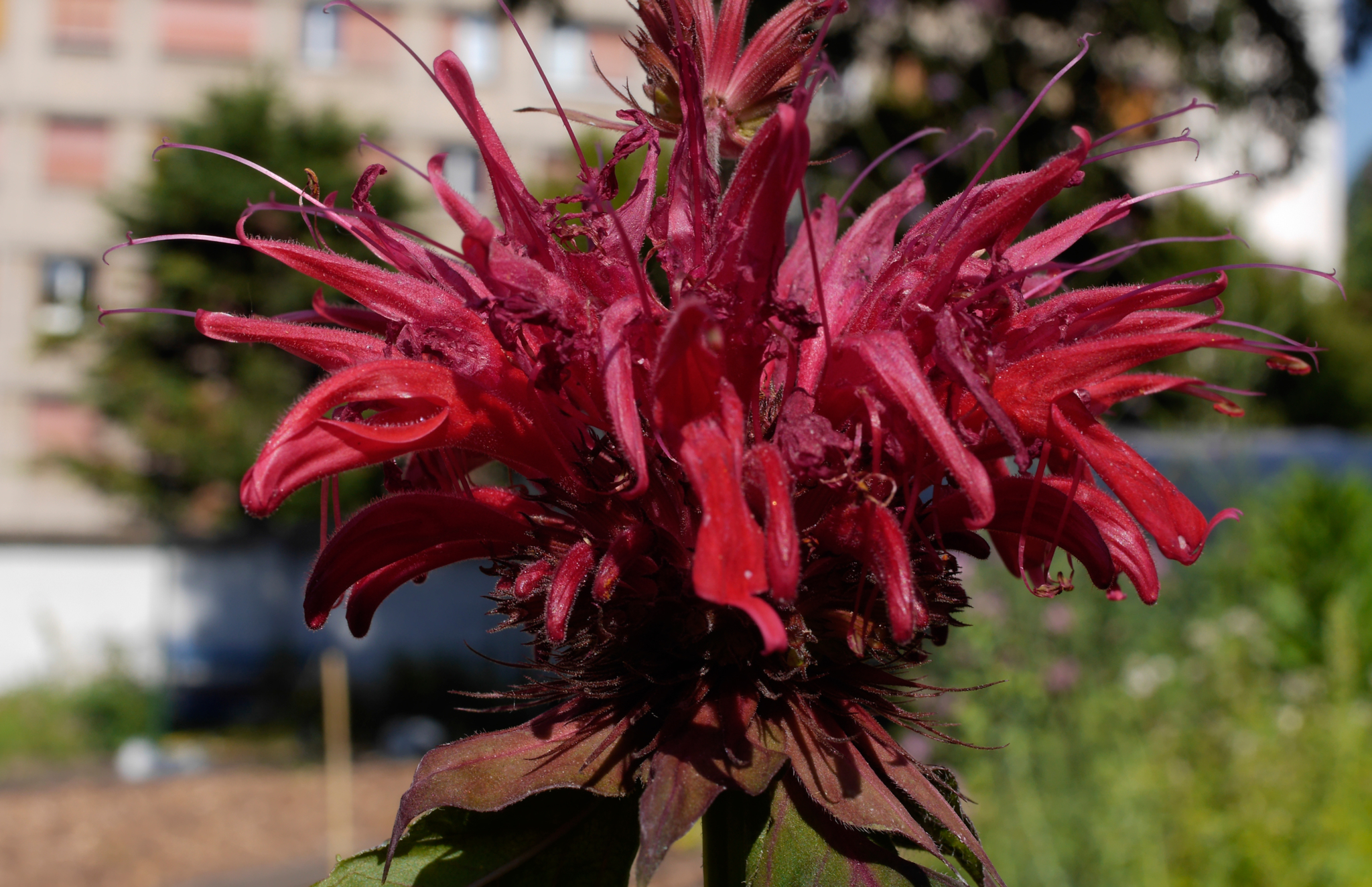
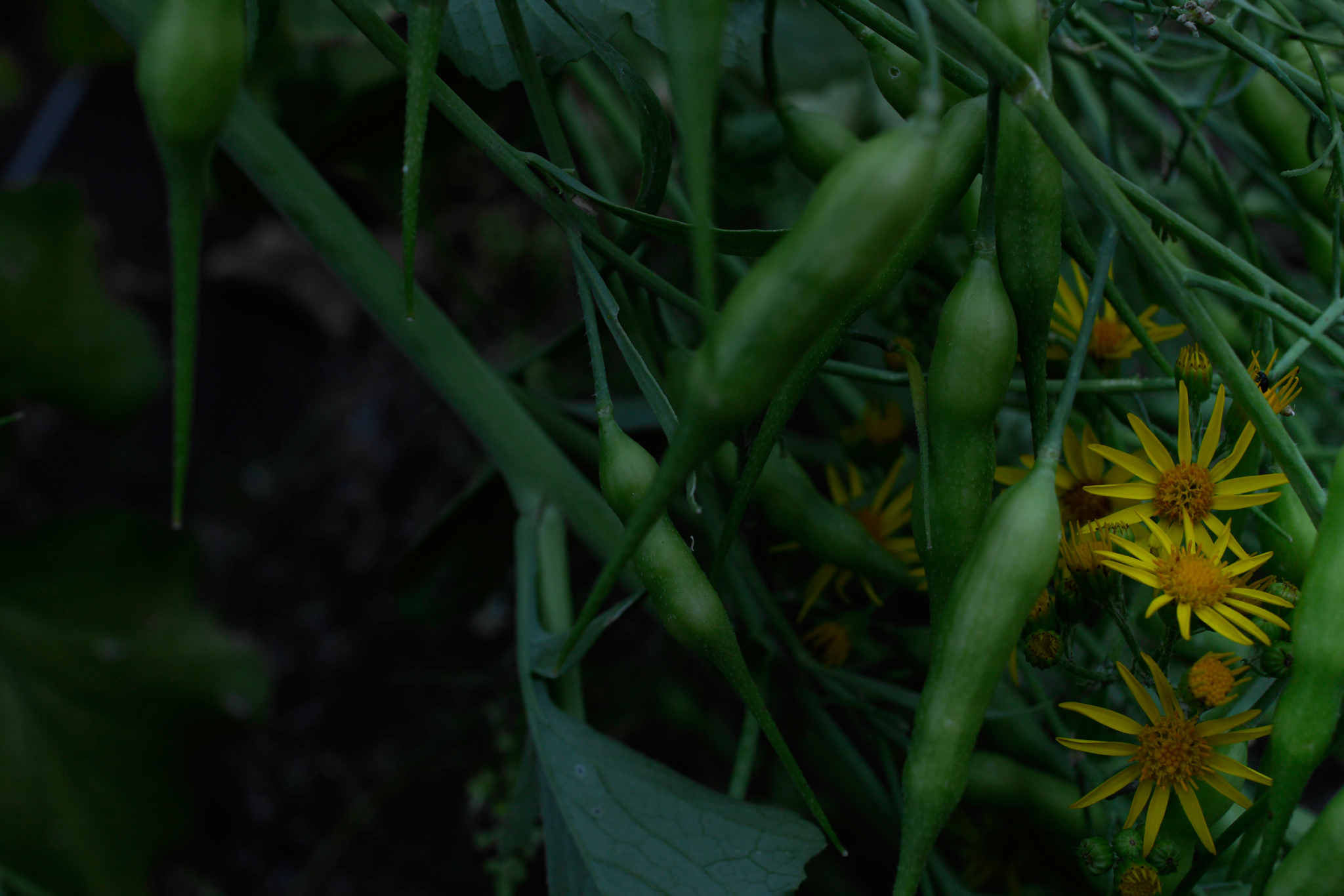
Field of
Teenagers, Drama Queens
and Impermanence
“Flowers have periods, too.”: I’m intrigued by your unusual metaphor.
Flowers are the reproductive organs of the plants, and it’s all about plants wanting to mate. First of all, that in itself is a very strong energy. Secondly, flowers exist in a brief moment in the life of a plant—a moment which translates to late teenhood and early adulthood in a human life. Thus, when plants reach their teenhood, they’re having “periods,” or less graphically, experience hormonal upheavals and grow flowers, which are their reproductive organs. The flowers then get pollinated, just as humans get pregnant. The actual flower then dies off and transforms into a fruit. The fruit is the “pregnant woman” who delivers the seed of the fruit. The seed is the “kid” who lives on to create a new generation. I really like thinking of my field as a band of teenagers!
What wisdom or reflections were brought forth through the work you do?
The beauty of impermanence. What I really love about being in my field every day is that I work with beings that are not human, yet living under the same circumstances: gravity, thirst, hunger, fluctuation. Every day I get to see beings born, dying, wounded—the same human conditions, as we know it.
There are also very few jobs where you can witness this process. But I'm given the “space” to contemplate all of it. I really want to draw attention to the fleeting nature of everything. We often forget this. And for me, it was a very significant step in my life to process this on a daily basis. Every time I look at my flowers, I say to myself “you are here now, but in one day you are gone.”
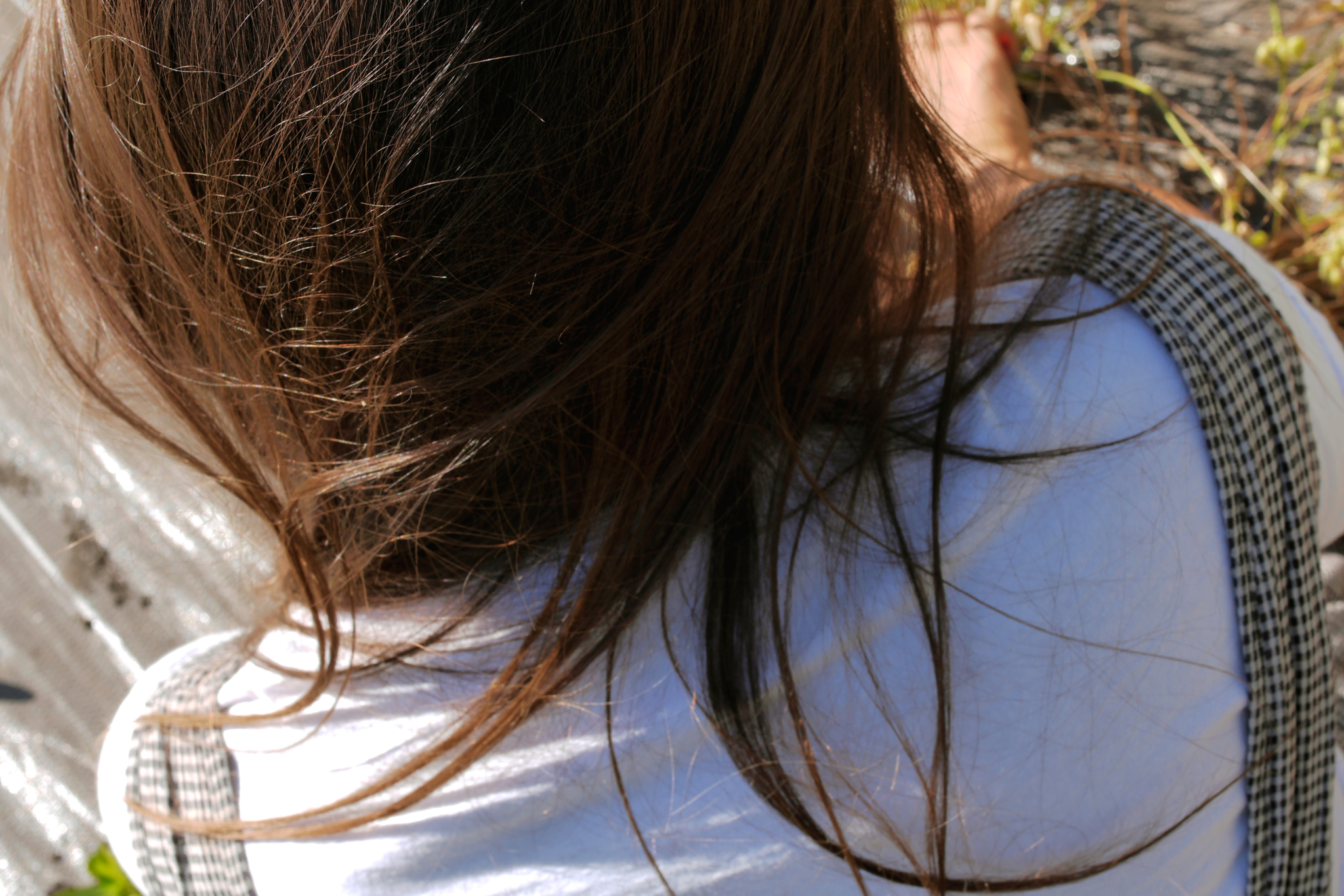
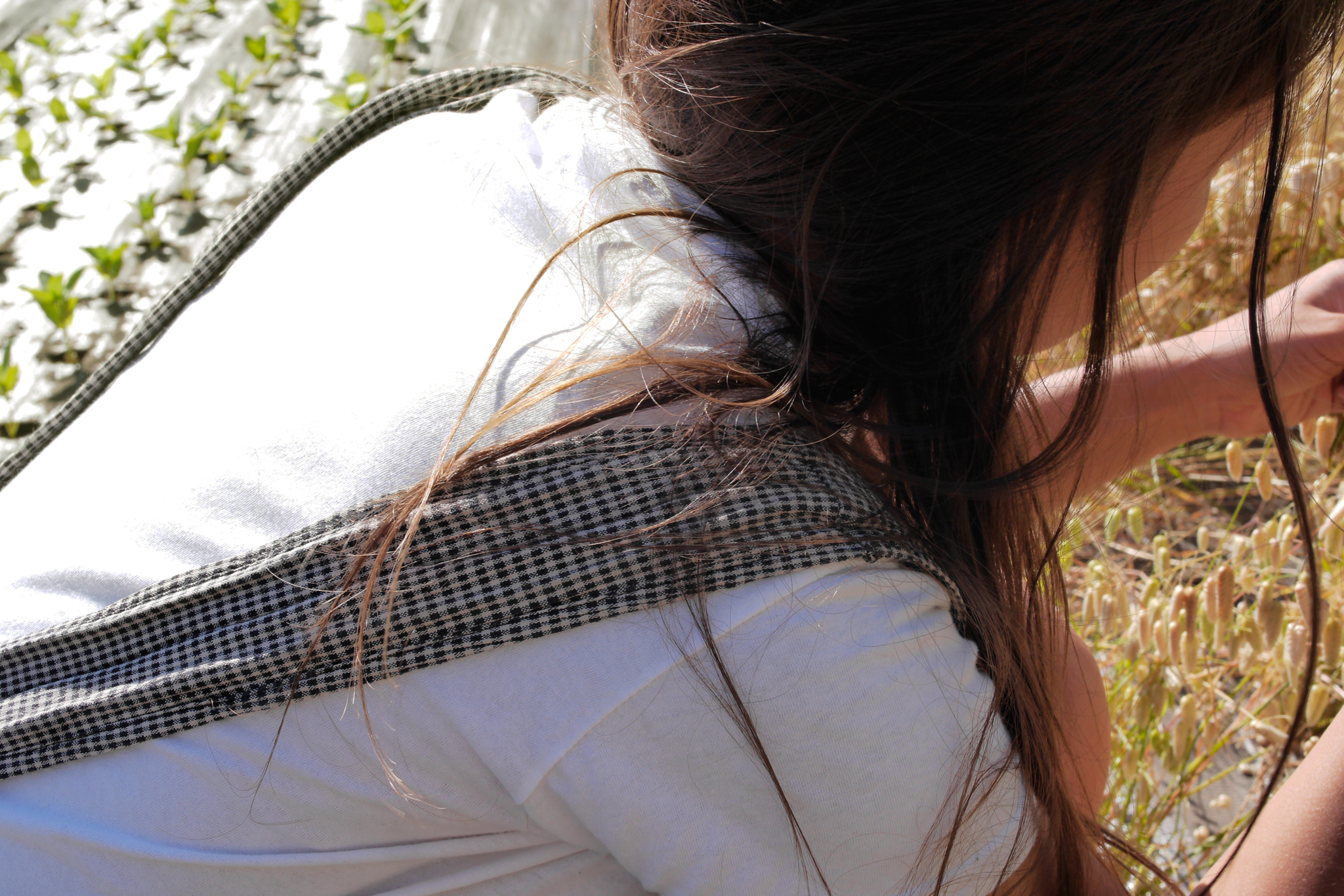
You spend long hours every day with flowers. What transpires?
In this garden is a pocket of silence within a city, which is such a luxury. I love silence. I work alone so I am very silent also. For me it’s very precious.
I spend a lot of time just looking the flowers in my field, observing them, checking in on them. I wonder: Are you ok? Are you thirsty? Flowers are very expressive. When they are not ok, you see it very clearly through their yellowed leaves, wilted stems . . . Some of the flowers such as dahlias, for example, are really drama queens who demand extra attention and extra water.
So, a day with flowers, is a silent day; it’s a day of observations. It can be stressful at times, not as calm as it may look, and very time-consuming. For me, finding the balance is less about work-life balance, but more about plant-human balance. It’s about finding the harmony between the amount of human interaction I need to make the project live and function economically, and the amount of plant interaction I want to have because they are my passion.
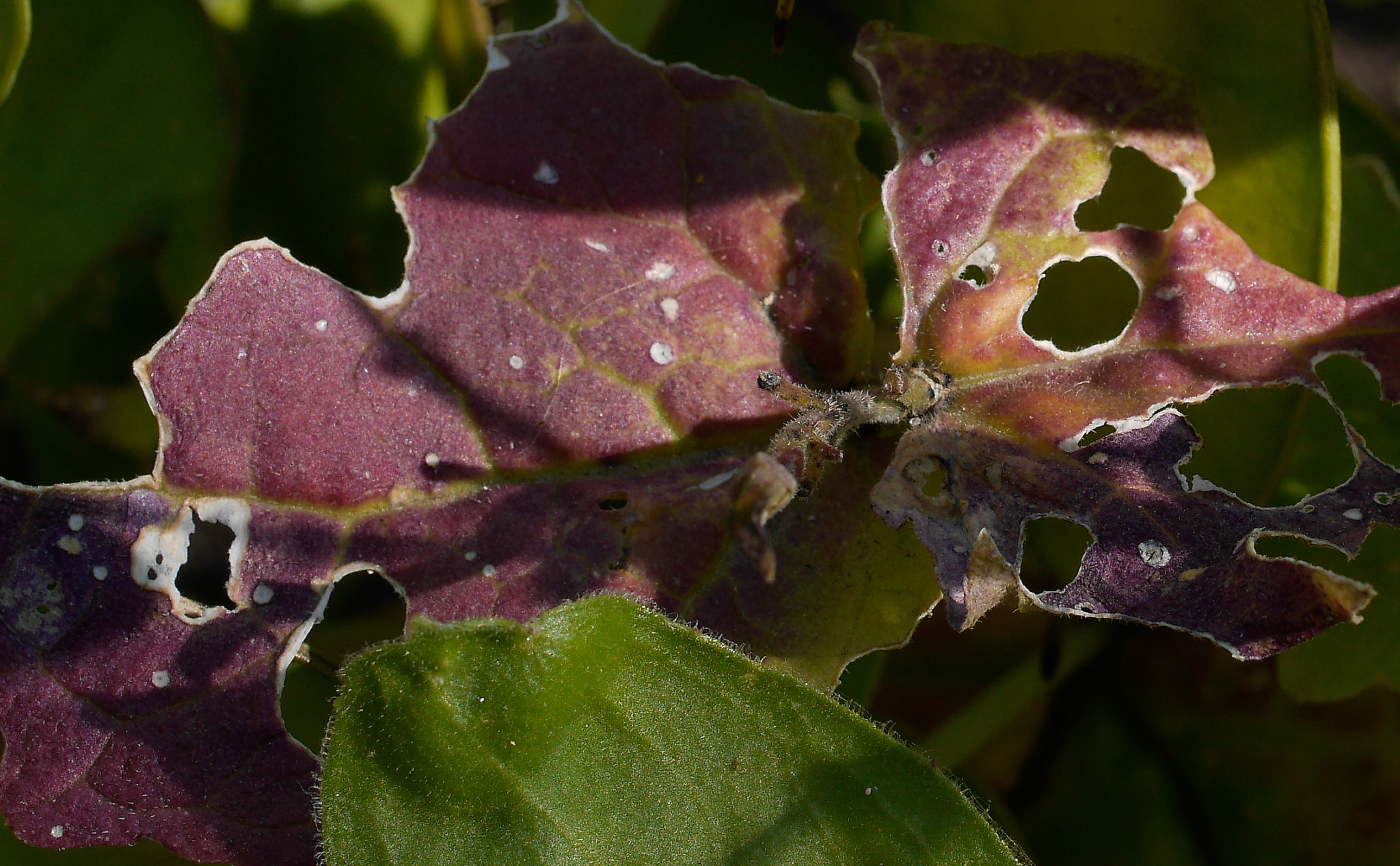
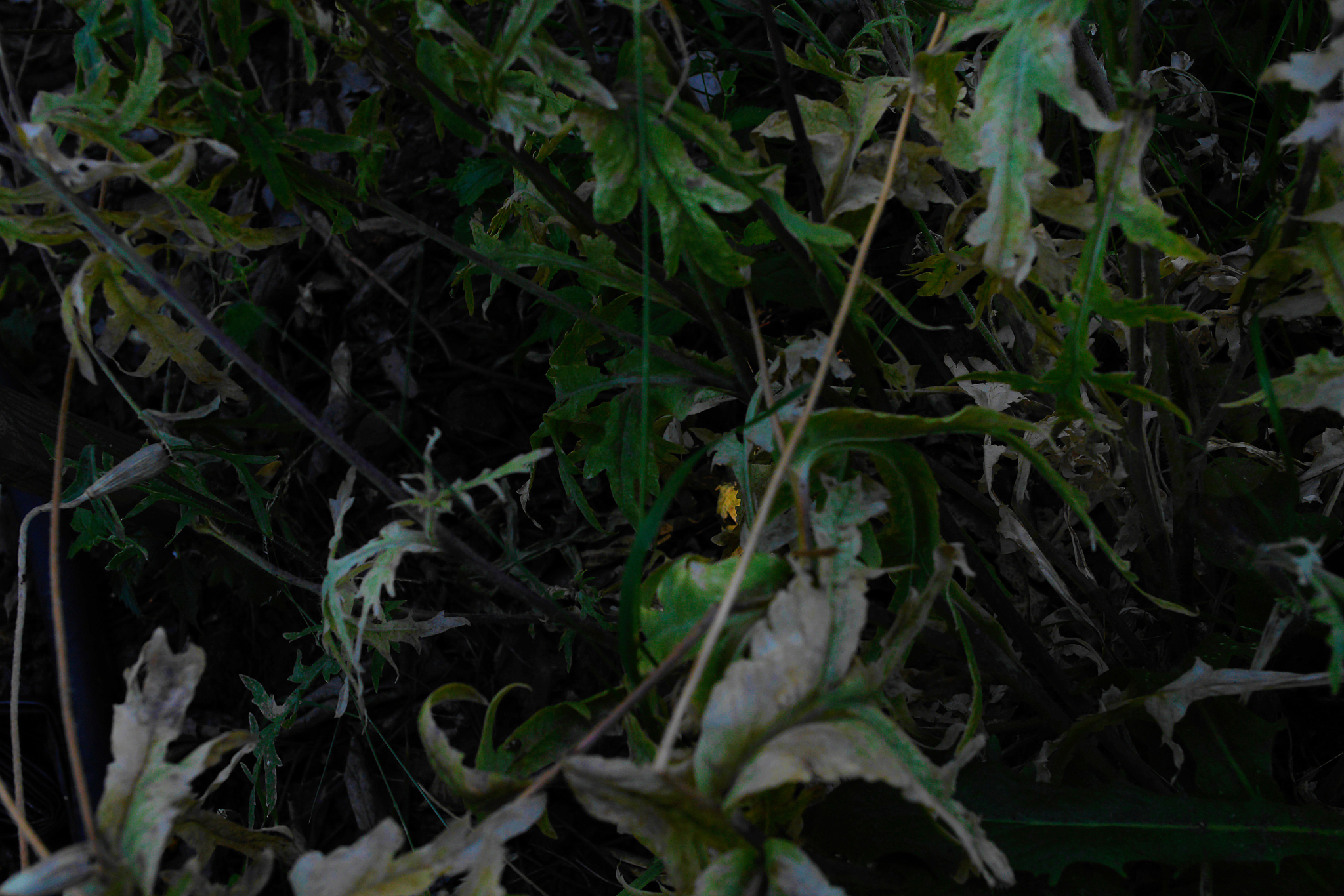
Is Beautiful.
Even Weeds.
We are conditioned that weeds are something undesirable. This is why I was inspired by your way of seeing that encourages revisiting such preconceived ideas.
Weeds are intelligent beings and they are pioneers because they have highly adaptive skills and resilience. They are the first to arrive and the longest to last. They are good at being a plant. On the other hand, plants that we created as humans are comparable to helpless little babies; they need pampering and attention, they’re fragile, they don’t resist pests. The so-called weeds are quicker and smarter to adapt in order to survive, and I have a lot of respect for them.
Weeds are also pioneers that come and live even on barren lands with rocks and nothing else. When they die, they leave behind a small amount of organic matter that starts to decompose and create a small quantity of humus, or living soil. That is the beginning of a future life.
They start by invading a space and then creating life. This is also why we need them! But when they are everywhere, we say “no, you’re not allowed to be here anymore because we’re going to plant our plants in place of you, and we need to extinguish you.” So, we remove them in many violent ways.
A nice garden for me, is a mix of both plants and weeds (or adventices as we call them here in France. Etymologically, it means the ones that come from the outside, thus the pioneers). I really like having weeds be part of my palette because they’re indigenous to the field. Some are also very beautiful.
How does your practice in Ikebana relate to this?
I practice Ikebana which celebrates all stages of a plant or a flower. In that tradition, there is also the notion that you need to pay attention to everything and every kind of plant you encounter. Everything is beautiful even if it has been partially eaten by bugs or wilted. In other words, all that happened to the plant in its lifetime that is still visible is beautiful, therefore, it deserves staging and attention.
To me, this relates to weeds: they, too, deserve staging, attention and appreciation. They’re hard workers and allow life for the others, so they really should be respected.
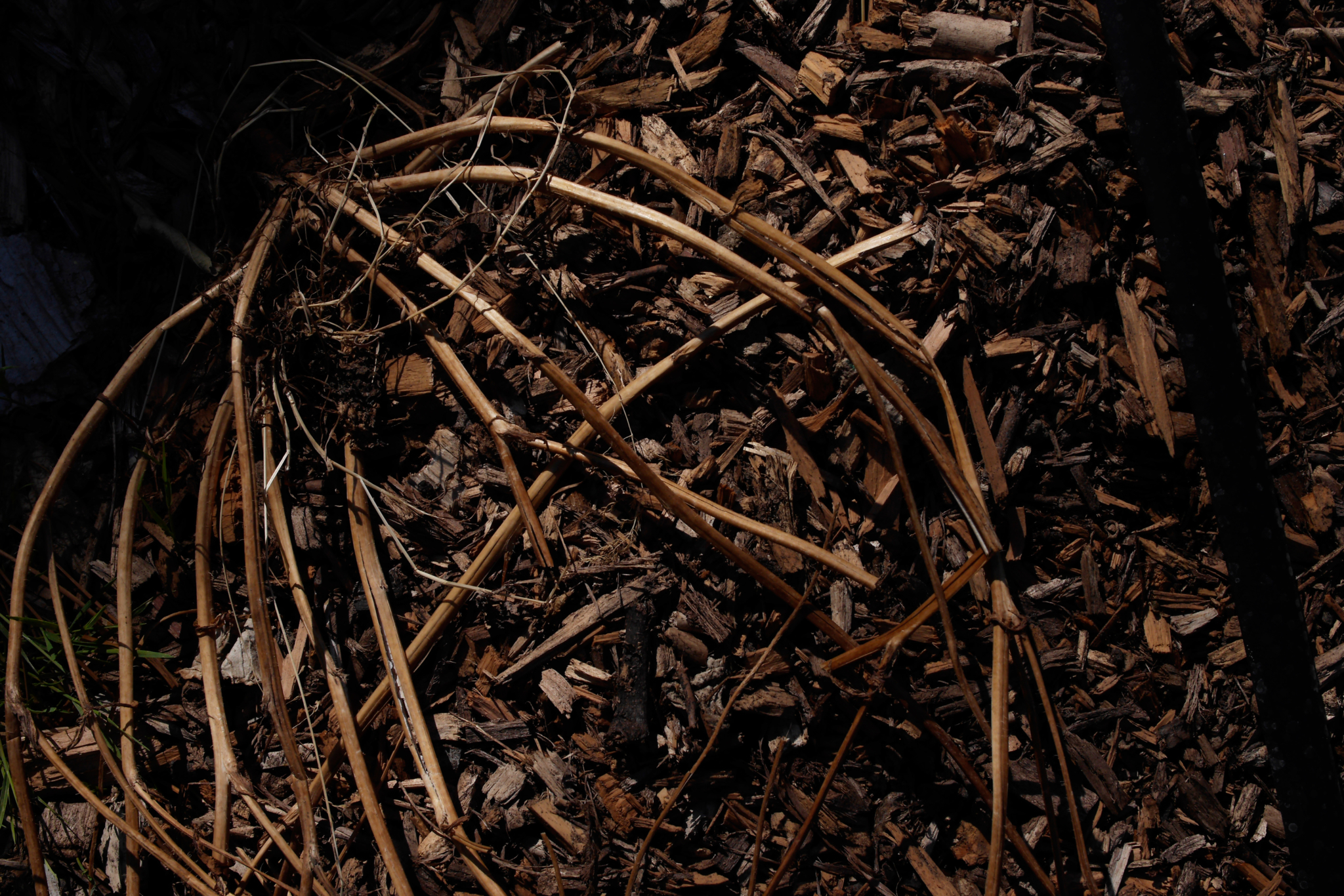
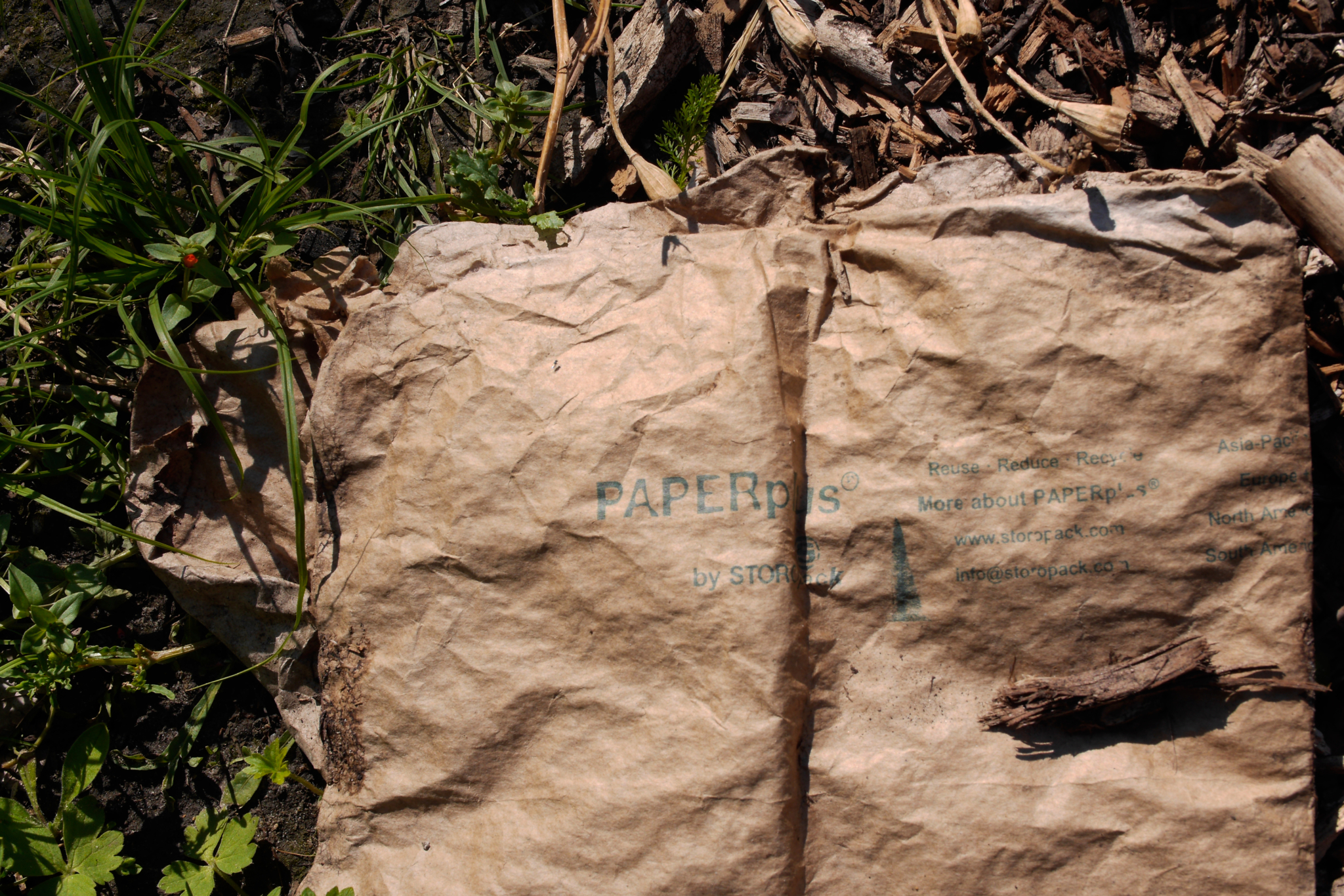
Dissolving, Recreating
How did you end up choosing this path?
While working for a fast-paced design studio in London designing leather-based fashion accessories for men, I discovered that it takes one cow hide to make one large bag. Within few weeks, I quit not only the job, but design altogether, because it was hard to justify introducing yet another object into the world.
During the following months working on farms overseas, I understood the beauty of working to produce things that will just disappear because we will either eat them, or they will fade away on their own. You’re creating something from scratch, but what you create vanishes and leaves no trace. For me, that was a big relief and a shift in mindset.
I’m 31 now, but let’s say I do this until I am in my 70s. I expect to have 40 growing seasons in my lifetime, each unique due to many variables: storms, heatwaves, rain . . . So, I will have 40 times the chance to try to create something new per season.
Then, it’s comparable to a fashion collection, except it does not pollute.
Indeed! This notion of 40 seasons is great in that you never run out of things to learn. There’s always something new with growing because each season brings different conditions, and everything is different all the time. There’s a great quote by Gandhi: “I do dimly perceive that while everything around me is ever changing, ever dying, there is underlying all that change a living power that is changeless, that holds all together, that creates, dissolves, and recreates. […]”
This belief encapsulates my work. Through agriculture, I can touch this living power which keeps on creating, dissolving and recreating. So, it’s never ending! The form of agriculture can change endlessly, so I don’t think I can ever get bored.

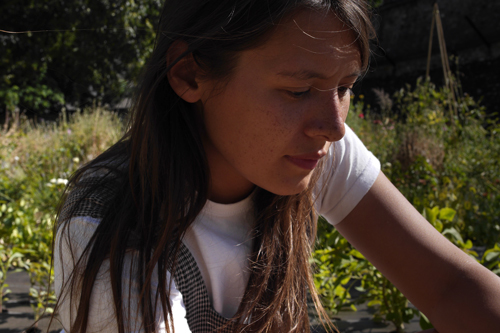
Masami Charlotte Lavault is a floricultrice (flower grower) born in Paris to a Japanese mother and a French father – countries where fermentation is an art: cheese, bread, wine in Paris; soy sauce, sake and miso in Japan. Masami's love for what lives is like an inoculated cross-cultural ferment of caring for living beings (be it soil micro-organisms, plants or fellow flower lovers). After a short (but long enough) industrial design career in London and Vienna, and several farming travels to Japan, Morocco and the UK, Masami launched Plein Air in 2017, the first flower farm in Paris.
Mona Kim is the Founder and Curator of Moowon magazine. As the Creative Director of award-winning multidisciplinary design studio, Mona Kim Projects, she has been conceiving public space experiences and large-scale experiential projects for global brands and cultural institutions. Her museum and exhibition design for the Canadian Museum of Human Rights, World Expo, Museum of Tomorrow (Museu do Amanhã), and UNESCO-sponsored projects, gave her the opportunity to document and be exposed to some of the most distinctive examples of social realities and cultural expressions. On these projects, she had co-curated world issues such as endangered languages, cultural diversity and sustainability. The Moowon project is an extension of this background. Her work has been featured in The New York Times, WWD(Women's Wear Daily), The Creative Review, and in publications by Gestalten and The Art Institute of Chicago.
EDITING: COPYRIGHT © MOOWON MAGAZINE /MONA KIM PROJECTS LLC. ALL RIGHTS RESERVED.
PHOTOS, VIDEOS, TEXT: COPYRIGHT © MONA KIM / MOOWON MAGAZINE. ALL RIGHTS RESERVED.
TO ACQUIRE USAGE RIGHTS, PLEASE CONTACT US at HELLO@MOOWON.COM
